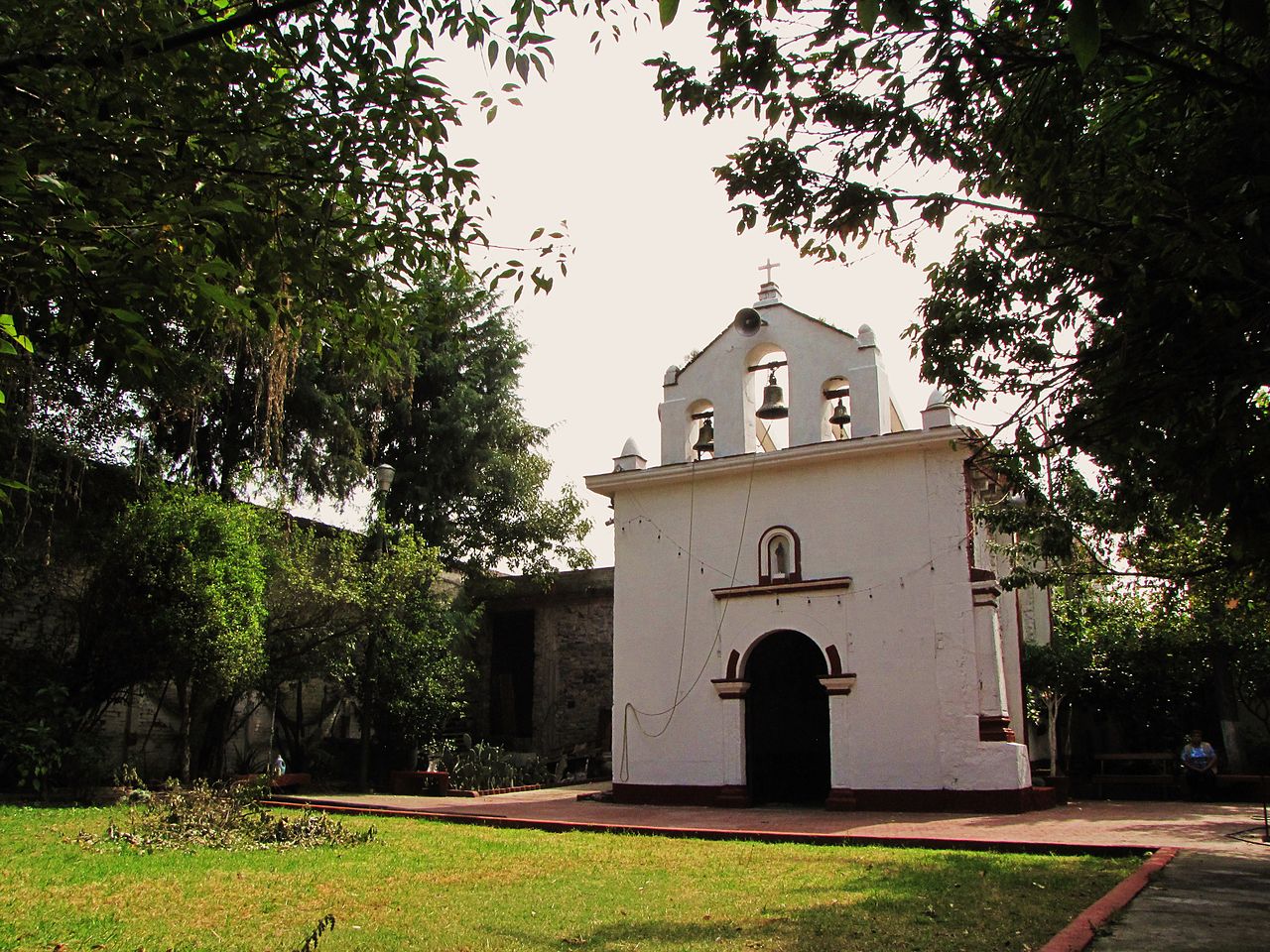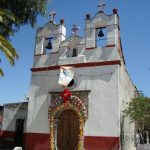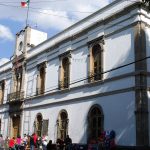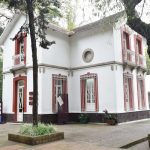
San Francisco Tetecala es uno de los 25 asentamientos originarios de Azcapotzalco. Está muy cerca del Centro Histórico, y todavía es bastante fácil recordarlo como un pequeño pueblo vecino.
Hay una serie de teorías sobre los nombres originales. Tetecala deriva del náhuatl Tetecalla, que significa “donde hay muchas casas de piedra”. El nombre alternativo, Tzapotlan, puede traducirse como “lugar de abundantes árboles de zapote” o “el lugar de Tzapotlatenan”, madre de Tzapotlan, a quien se le concibe como una deidad asociada a un aceite medicinal llamado uxitl u oxitl. Los seguidores de la diosa se llamaban tzapotlanteohuahtzin y honraban a la diosa con ofrendas de copal, caucho, hierbas aromáticas y papel.
La pequeña iglesia data de finales del siglo XIX. Con su atrio en gran parte intacto, sigue siendo una parte central del vecindario bastante encantadora. Fue ampliada en 1959 y nuevamente en 1976. Hoy en día, muchos visitantes pasan por la estación del metro Camarones sin darse cuenta de que se encuentran en un antiguo asentamiento.
La mayoría de las secciones más viejas de San Francisco Tetecala, aunque no del todo antiguas, están al norte de la Calzada San Isidro. Y como gran parte de Azcapotzalco, muchas zonas del pueblo se industrializaron en el siglo XX y permanecen así hasta el día de hoy.
 +525524024509
+525524024509

Cercano a 0.26 kms.

Cercano a 0.26 kms.

Cercano a 0.53 kms.

One of Chapultepec's more sublime historic homes is a cultural center, too.

One of Avenida Madero's most famous corners . . .

A historic Methodist church on the Avenida Balderas . . .

El Museo Nacional de Arte en el Centro Histórico de la Ciudad de México siempre será un punto memorable de tus vacaciones.

Un sublime estilo renacentista italiano ha recibido a los transeúntes durante casi 120 años. Esto es de lo que se trata.